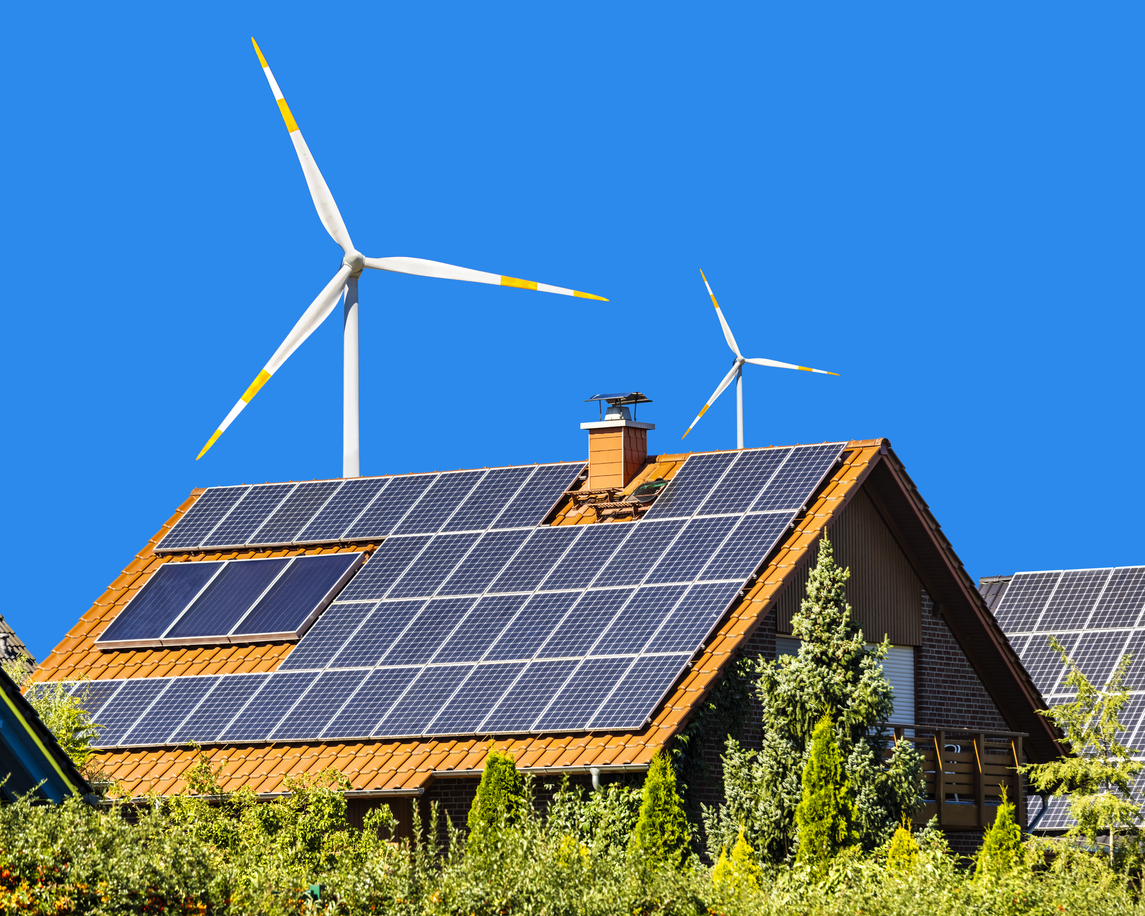In an era where environmental consciousness is more crucial than ever, embracing eco-friendly living within our homes is not just a trend but a necessity. Sustainable home practices not only contribute to a healthier planet but also often result in a healthier living space and can even lead to financial savings. Here’s a guide to incorporating sustainable practices into your daily life at home.
1. Energy Efficiency
One of the most impactful ways to live sustainably at home is through energy conservation.
- LED Lighting: Replacing traditional bulbs with LED lights is a simple switch that significantly reduces energy consumption.
- Energy-Efficient Appliances: Opt for appliances with high energy efficiency ratings. They use less electricity and can lower your utility bills.
- Smart Thermostats: These devices optimize heating and cooling, reducing energy waste.
- Insulation Upgrades: Proper insulation in walls, roofs, and floors helps maintain your home’s temperature, reducing heating and cooling needs.
2. Water Conservation
Water is a precious resource, and conserving it is a key aspect of sustainable living.
- Low-Flow Fixtures: Install low-flow showerheads and faucets to reduce water use.
- Water-Efficient Toilets: Consider replacing old toilets with water-efficient models.
- Rainwater Harvesting: Collect rainwater for use in gardening or as greywater for toilets.
- Mindful Water Use: Simple habits like turning off the tap while brushing teeth can make a big difference.
3. Reducing Waste
Minimizing waste is crucial for a sustainable lifestyle.
- Composting: Compost food scraps and yard waste, reducing landfill contribution and providing excellent soil for your garden.
- Recycling: Implement a robust recycling system at home for plastics, glass, paper, and metal.
- Reusable Materials: Opt for reusable over single-use items, like cloth napkins, beeswax wraps, and silicone lids.
4. Sustainable Materials
Choosing sustainable materials for your home can significantly reduce your environmental footprint.
- Eco-Friendly Paint: Use low-VOC or natural paints, which are better for indoor air quality.
- Recycled or Sustainable Building Materials: For renovations, consider materials like bamboo, reclaimed wood, or recycled metal and glass.
- Organic Textiles: Choose organic cotton, linen, or hemp for bedding and upholstery.
5. Gardening and Green Spaces
Incorporating plants into your home environment benefits both the planet and your well-being.
- Indoor Plants: They purify the air and add a calming, natural element to your home.
- Vegetable Garden: Growing your own food reduces the carbon footprint of your meals.
- Native Landscaping: Use native plants in your garden that are adapted to local conditions and support local wildlife.
6. Sustainable Energy Sources
If possible, invest in renewable energy sources.
- Solar Panels: They can significantly reduce your reliance on fossil fuels.
- Green Energy Providers: Choose utility companies that offer renewable energy options.
Eco-friendly living at home is about making conscious choices that benefit the environment, your health, and your wallet. By adopting sustainable practices, from energy conservation to waste reduction, we can all contribute to a healthier planet. Start small, and gradually incorporate these practices into your daily routine. Remember, every sustainable action, no matter how small, counts towards a greener future.




